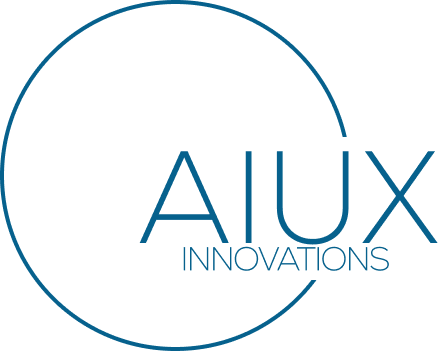Public transit is meant to make cities more connected and accessible, yet for decades, it has carried a reputation of being unreliable, confusing, and inconvenient. The frustration of missed buses, unclear routes, and unpredictable delays creates a daily struggle for riders who depend on it every day. What should be a service of freedom and mobility too often feels like a gamble.
The Old Problem: Unreliable Journeys
The core pain points of public transit are well known:
- Late or missed buses and trains that derail schedules.
- Unclear signage and maps that make navigation difficult for locals and nearly impossible for visitors.
- Lack of integration between different modes of transport like buses, trains, and micro-mobility options.
- Limited feedback when things go wrong, leaving riders in the dark.
These problems are not only logistical, they affect trust, adoption, and equity in urban life.
The UX Reframe: From Uncertainty to Predictability
The real question is not “how do we make buses faster?” but “how do we give riders confidence in their journey?”
By reframing public transit as a UX challenge, the goal shifts from moving vehicles to empowering people with clarity and reliability.
The New Experience: Public Transit Reinvented
- Live-Tracking and Notifications
- Real-time location of buses and trains displayed in apps and station screens, with alerts for delays or route changes.
- Multimodal Trip Planning
- A single interface integrates buses, trains, ride-shares, scooters, and walking routes, showing the best end-to-end journey.
- Haptic and Audio Guidance
- Accessibility features guide riders through stops with vibrations, voice prompts, and visual cues.
- Dynamic Signage at Stops
- Digital boards update continuously, showing countdowns, alternative routes, and service advisories in clear, simple language.
- Feedback Loops
- Riders can report conditions instantly, like cleanliness, overcrowding, or broken elevators, helping agencies respond faster.
The Payoff: Confidence and Adoption
For riders, transit stops being a gamble. Journeys become predictable, accessible, and transparent. For cities, better UX means higher ridership, reduced congestion, and improved public perception of transit systems.
Broader Lesson: UX as Urban Infrastructure
Public transit demonstrates how UX’ing an old problem can reshape entire communities. When riders feel informed and supported, they are more likely to use the system, reducing environmental impact and strengthening civic connection.
Designing transit for predictability does more than improve commutes, it builds trust in the city itself.
